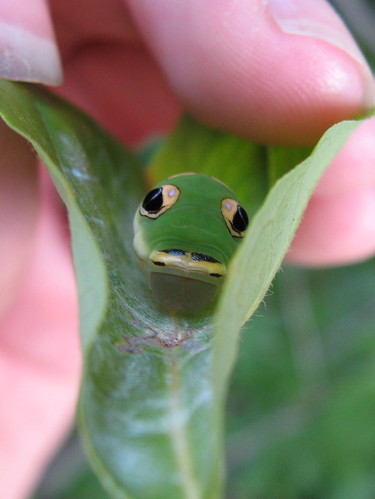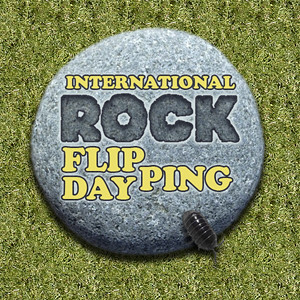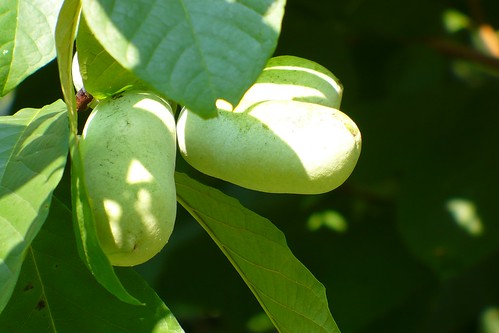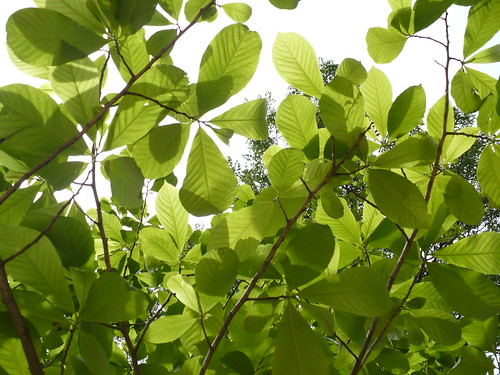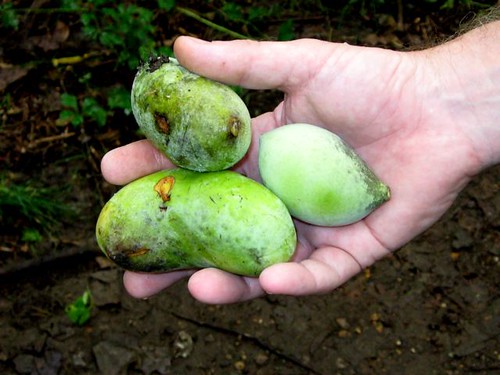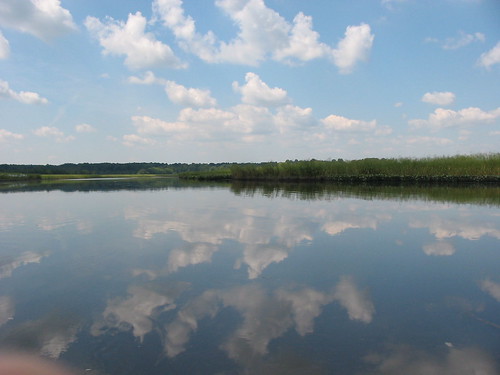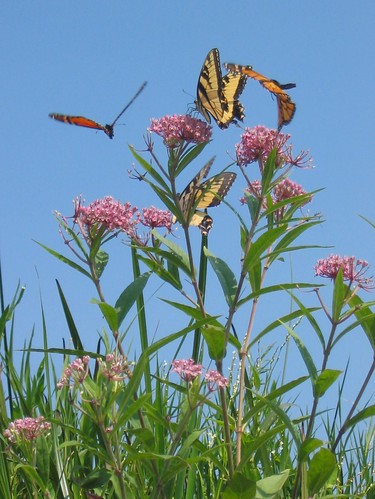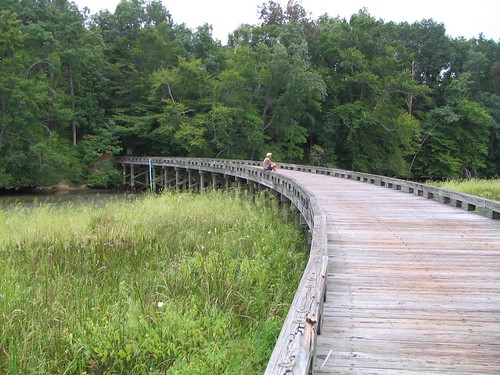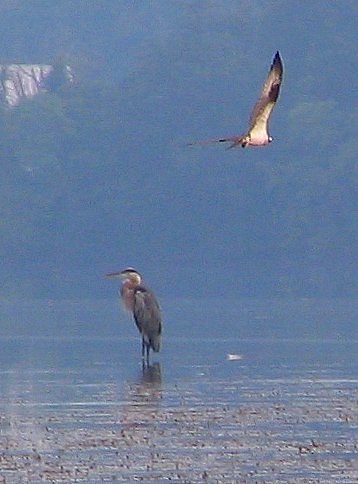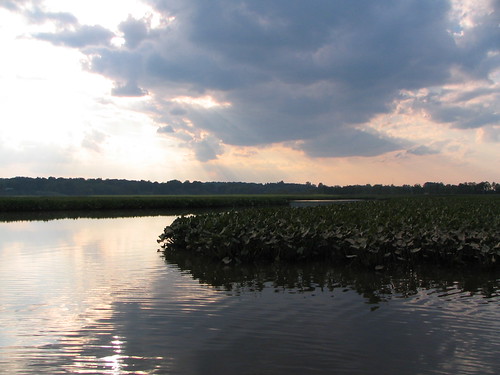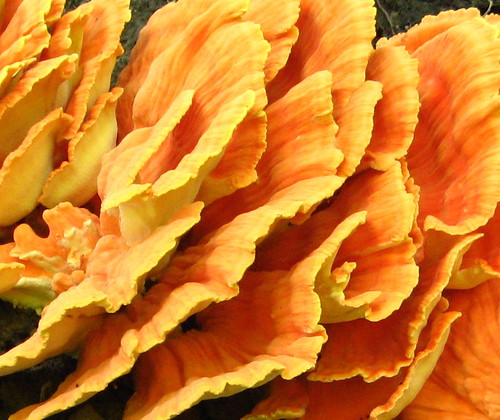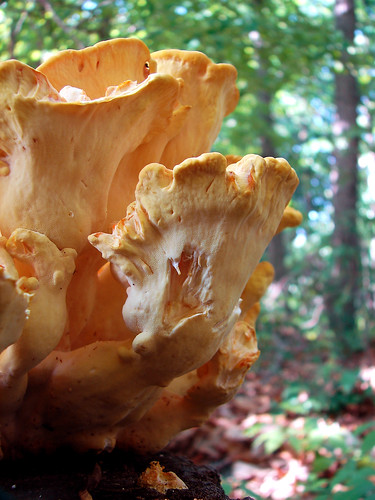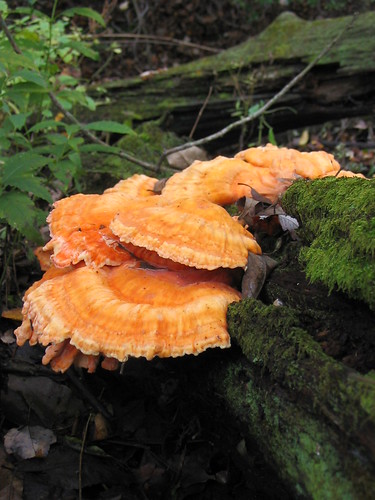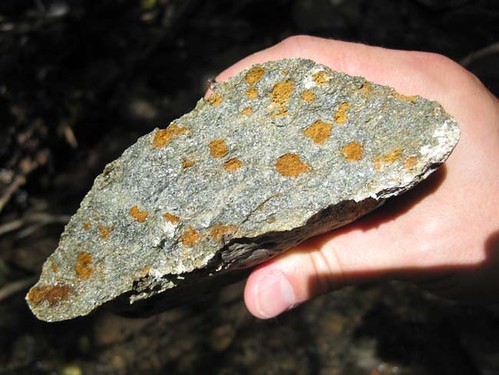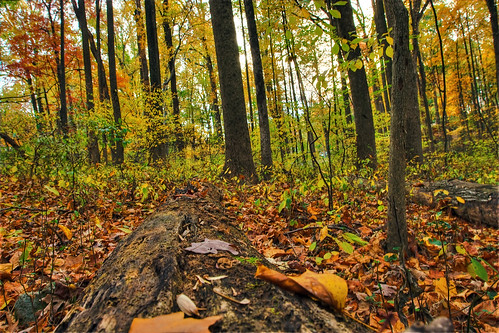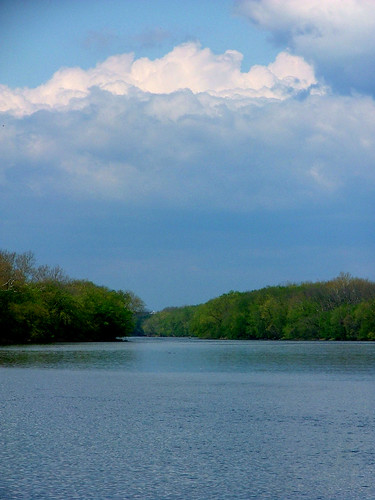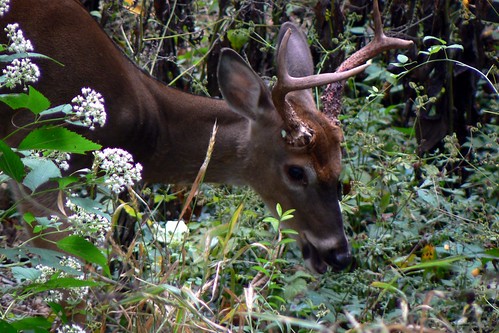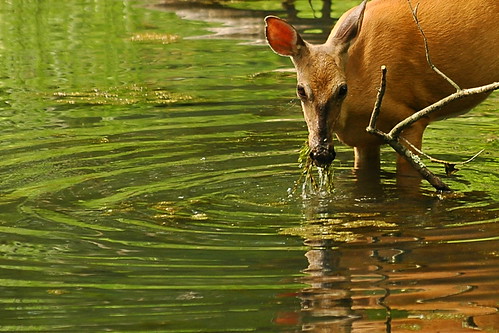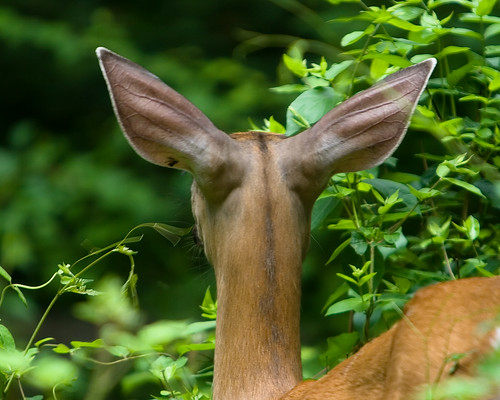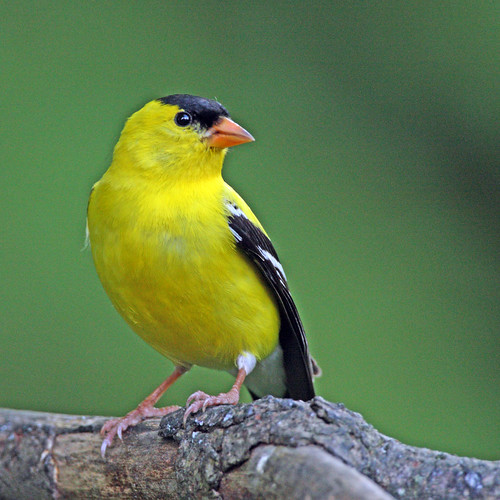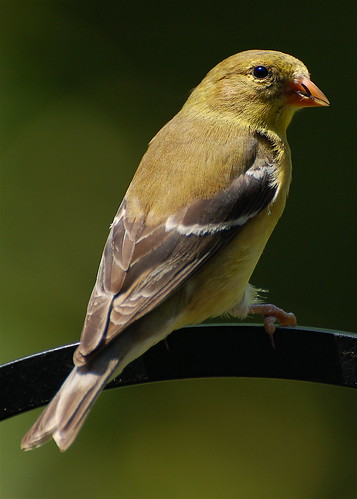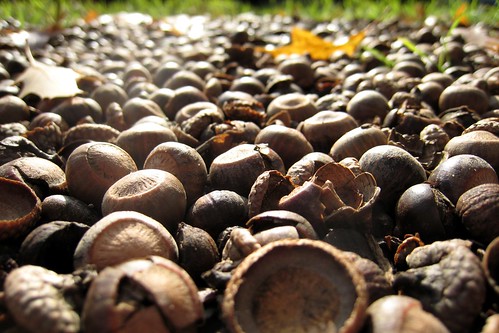 Growing Native is a local organization that collects tree seeds and plants them in the Potomac watershed, restoring the land to improve water quality. Since 2001, nearly 30,000 volunteers have collected more than 94,000 pounds of acorns, walnuts, and other hardwood tree seeds. Seeds are delivered to state nurseries and local schools to be grown into tree seedlings, which are then planted along streams and rivers in our area. This creates a buffer zone that helps to regulate water temperature, provide habitat for animals, and prevent pollutants from entering the water.
Growing Native is a local organization that collects tree seeds and plants them in the Potomac watershed, restoring the land to improve water quality. Since 2001, nearly 30,000 volunteers have collected more than 94,000 pounds of acorns, walnuts, and other hardwood tree seeds. Seeds are delivered to state nurseries and local schools to be grown into tree seedlings, which are then planted along streams and rivers in our area. This creates a buffer zone that helps to regulate water temperature, provide habitat for animals, and prevent pollutants from entering the water.Interested in helping out? Upcoming group collections include:
October 3, 2009 - Cub Run RECenter, Chantilly, VA
October 10, 2009 - Arlington National Cemetery, Arlington, VA
October 10, 2009 - Apple Festival at Tayamentasachta Center for Environmental Studies, Greencastle, PA
October 10, 2009 - Bear Branch Nature Center at Hashawha Environmental Center, Westminster, MD
Check the Growing Native website to register, to get more details, and to check for recently added events.
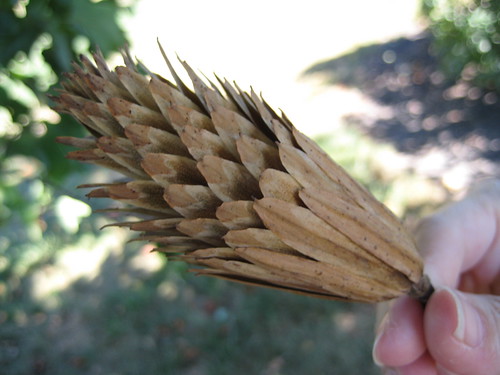 Another way to help is to collect tree seeds on your own and take them to a drop off site (click on your area in this map to find the sites nearest you). You have until October 31, 2009 in MD, PA, DC and WV; drop-off sites will close on October 26 in VA. If you register here, Ford will donate $1 to Growing Native for every pound you collect.
Another way to help is to collect tree seeds on your own and take them to a drop off site (click on your area in this map to find the sites nearest you). You have until October 31, 2009 in MD, PA, DC and WV; drop-off sites will close on October 26 in VA. If you register here, Ford will donate $1 to Growing Native for every pound you collect.You can collect seeds from your own yard, or anywhere else that you can get permission: try churches, cemeteries, parking lots, historical monuments, and local parks. (However, the restrictions against removing any material from National Park Service land include tree seeds, even for a good cause). This information sheet has more on what they're looking for -- basically sorted, viable seeds from healthy trees. And only certain species:
- Atlantic white cedar
- Bald cypress
- Oaks: black, chestnut, chinkapin, northern red, southern red, swamp white, overcup, pin, water, willow, white
- Black walnut
- Green ash & White ash
- Hazelnut
- Pawpaw
- Persimmon
- Sassafras
- Swamp chestnut
- Yellow/Tulip poplar
Until we get around to writing up posts on all these trees (!), see the Growing Native field guide for more information about each one and what its seed looks like. What a great opportunity to learn a little tree identification this fall!
Like the photos in this post? Mouse over for credits; a click takes you to the photographer on Flickr.



